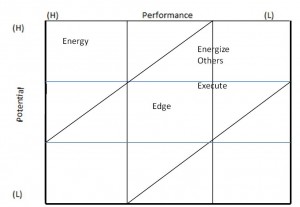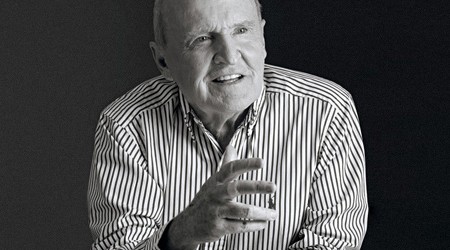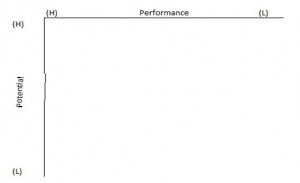Youth sports coaches could learn a thing or two from former General Electric Chairman, Jack Welch. Welch introduced new ways to look at business and specifically the evaluation of employees on his way to redefining the GE way of doing business.
While youth coaches aren’t dealing with employees, they are constantly evaluating their teams and individual players. Sometimes these evaluations might determine which players make their team, get the most playing time or merely help the coach decide what skills and techniques to focus on.
So let’s take a look at a method of evaluating players, inspired by Jack Welch himself.
Welch introduced the Four E’s, consisting of Energy, Energize Others, Edge and Execute. He would evaluate people on these four criteria.
How much energy does the person bring to their role?
Is this person able to energize others, specifically the people they work with and for?
Does the individual have the Edge to make the tough yes / no decision?
Do they execute in their role?
And he then tosses in one more criteria by which to evaluate an individual. Do they possess Passion?
Now it would be one thing to simply sit down with a person and make a determination on how they performed according to this criteria. But Welch didn’t stop at mere performance, as he believed a person’s potential meant as much to the equation as their current performance.
So Welch would evaluate each person on both their current performance across each of the criteria as well as their current potential.
So how exactly could youth sports coaches incorporate Welch’s very successful evaluation system?
Today’s youth sports culture that too often is focused on “select” teams places an emphasis on talent selection. Their motivation is to win games today so when a 10 year old attends a tryout for a select team he’s competing for a position on a “win today” or else program. Unfortunately this inserts a 10 year old into an environment that should be limited to professional sports where winning is the primary focus. Coaches don’t look at players under the guise of what kind of potential does this player have? They don’t challenge themselves as coaches to develop talent in kids that show potential for acquiring the skills necessary to succeed, but rather opt to coach those that are able to perform now.
How different would our youth sports landscape look if coaches built programs with an equal emphasis on the long term potential of an athlete as they do the athlete’s current performance.

On the left is an example of how an evaluation might look using Welch’s methodology. If a player brings a high energy level to his role and if the coach believes the player has the potential to continue bringing that high level of energy, he would be rated high on both performance and potential.
In this example, the player rates below average of being able to Energize Others, but is believed to have high potential in this area. As a coach, time should be spent developing this potential.
This particular player’s performance was rated below average on Execution as well, but believed to have slightly above average potential in this area.
Ultimately if several of the player’s grades fall into the upper left portion of the grid, the player would be considered an impact player on your team and someone worthy of building a team around. A player with grades in the lower right portion of the grid likely lacks long term development upside.
In the business world, the upper left triangle would be considered “A” employees and often considered for advancement. Employees with grades falling in the middle section would be labeled as “B” employees, and likely represent the majority of a company’s staff. Employees with grades occupying the lower right triangle would earn a “C” label and should be reassigned to a different role or terminated as they aren’t contributing positively to the organization in their current position.
A business organization looking to develop loyalty in their employees and truly build people will look to use an evaluation like this to help their teams realize their full potential. An evaluation like this provides feedback that is often better received than a standard work evaluation that features “Exceeds Expectations, Met Expectations or Didn’t Meet Expectations” criteria. When a 10 year old tries out for a team and isn’t selected, it’s akin to receiving that “Didn’t Meet Expectations” grade with no commitment from the person offering the feedback to help him develop the skills needed.
Let’s keep kids that want to play sports, playing the games they enjoy. It’s up to us as coaches to create a sports culture that accommodates these kids and realize we have a role in developing these young people. Team sports provides a platform for teaching so much more than just the art of shooting basketball or properly catching a pop fly, so let’s not cut these kids out of this awesome opportunity to grow.







Comments are closed.